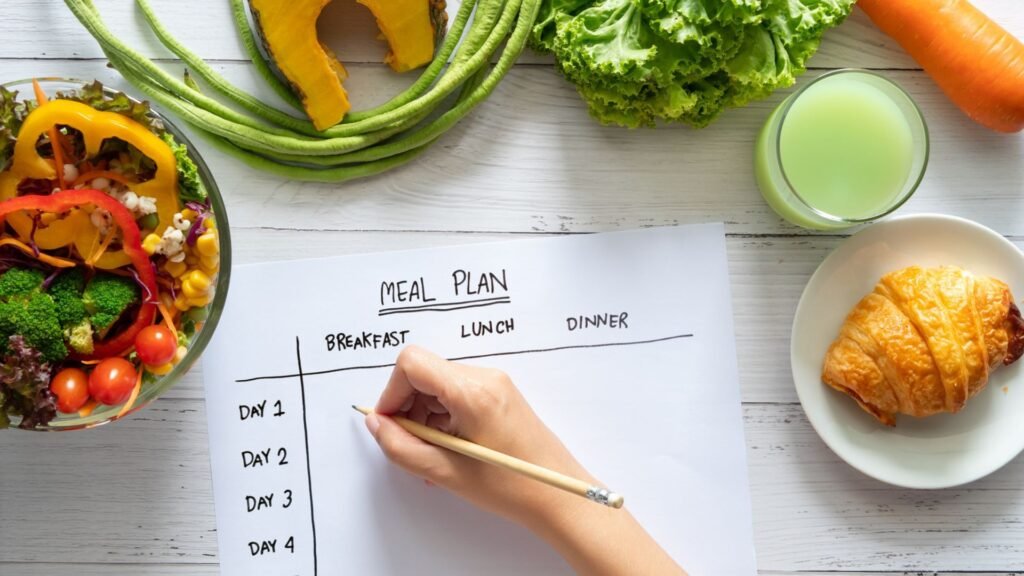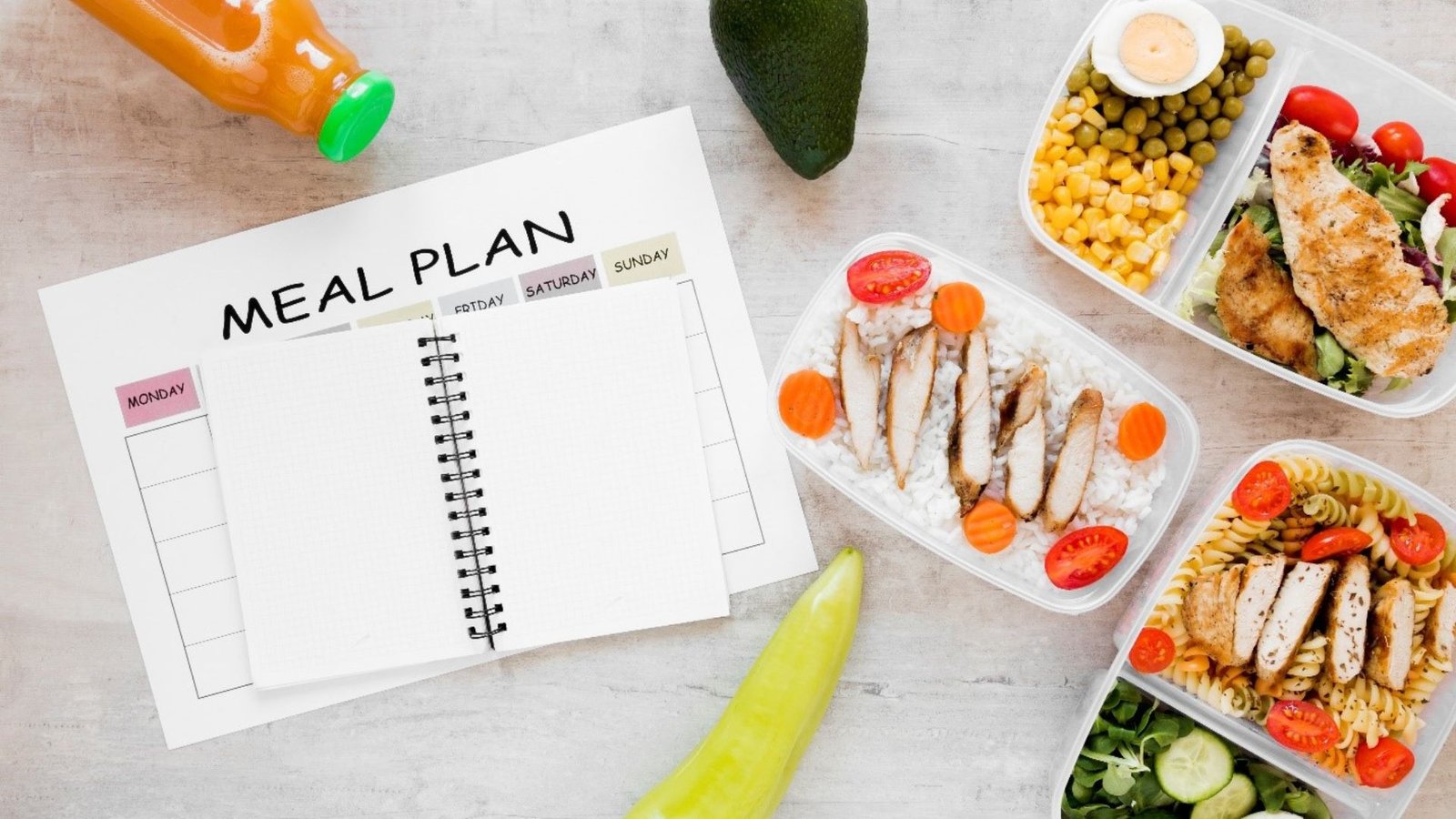Tips for Planning Balanced Meals
Planning balanced meals is key to maintaining a healthy lifestyle and providing your body with the nutrients it needs. A well-balanced meal includes a mix of proteins, carbohydrates, healthy fats, and essential vitamins. When you take the time to prepare your meals thoughtfully, you not only support your physical health but also make eating enjoyable and satisfying. In this article, we’ll share practical tips for planning balanced meals to help you feel your best every day.
Why Planning Balanced Meals Is Important
Balanced meals ensure that your body gets the nutrients it requires to function properly. When you include all the food groups in the right proportions, you boost your energy levels, improve digestion, and maintain a healthy weight. Plus, planning meals ahead of time can save you money, reduce food waste, and make grocery shopping much more efficient.

1. Start with the Plate Method
The plate method is a simple way to visualize a balanced meal. Divide your plate into three sections:
- Half your plate should be filled with vegetables and fruits.
- One-quarter should include lean protein, like chicken, fish, or beans.
- The last quarter should contain whole grains, such as quinoa, brown rice, or whole-grain bread.
This approach helps ensure you’re including all the key components of a nutritious meal.
2. Focus on Variety
Variety is essential when planning balanced meals. Eating the same foods every day can lead to boredom and nutrient gaps. Instead, rotate your choices within each food group. For example, swap chicken for tofu, or replace white potatoes with sweet potatoes. This not only keeps meals interesting but also provides your body with a broader range of vitamins and minerals.
3. Include Healthy Fats
Healthy fats are a vital part of any balanced meal. Foods like avocados, nuts, seeds, and olive oil offer essential fatty acids that support brain health and reduce inflammation. Avoid trans fats and limit saturated fats, opting instead for sources that are beneficial to your heart and overall well-being.
4. Don’t Forget Hydration
While planning balanced meals, don’t overlook the importance of hydration. Water is crucial for digestion and energy levels. Incorporate water-rich foods like cucumbers, melons, and oranges into your meals. Pair your meals with a glass of water or herbal tea instead of sugary drinks.
5. Plan for Portion Control
Eating balanced meals doesn’t mean eating large portions. Pay attention to serving sizes, especially for calorie-dense foods like nuts, oils, and grains. Using smaller plates or measuring portions can help prevent overeating while still enjoying a satisfying meal.
6. Prioritize Fresh Ingredients
Fresh ingredients are the foundation of balanced meals. Opt for seasonal fruits and vegetables when possible, as they are more nutritious and flavorful. Avoid processed foods that often contain added sugars, unhealthy fats, and preservatives. Cooking at home allows you to control the quality of your ingredients and avoid unnecessary additives.
7. Prepare Ahead of Time
Meal prepping is an excellent way to stick to your goal of planning balanced meals. Set aside a few hours each week to prepare ingredients or cook meals in advance. Store them in portioned containers so you have healthy options ready to go during busy days. This reduces the temptation to rely on takeout or fast food.
8. Balance Your Snacks
Balanced eating doesn’t stop at mealtime. Healthy snacks can keep your metabolism steady and prevent energy dips between meals. Choose snacks that combine protein, fiber, and healthy fats, such as Greek yogurt with nuts, or apple slices with almond butter.
9. Adjust to Your Lifestyle
Everyone’s needs are different, so adapt these tips to suit your lifestyle. For example, if you follow a vegetarian or vegan diet, focus on plant-based protein sources like lentils, chickpeas, and tempeh. If you’re active, you may need additional carbs and protein to fuel your workouts.
10. Make It Enjoyable
The key to sticking with balanced meals is to make them enjoyable. Experiment with herbs, spices, and sauces to enhance flavors. Try new recipes or cook with family and friends to turn meal prep into a fun activity. When you enjoy what you eat, it becomes much easier to maintain a balanced diet.
Conclusion
Planning balanced meals doesn’t have to be complicated. By focusing on variety, portion control, and fresh ingredients, you can create meals that are both nutritious and delicious. With a little preparation and creativity, eating balanced meals can become a sustainable and enjoyable part of your lifestyle. Start small, make gradual changes, and enjoy the benefits of a healthier you!



